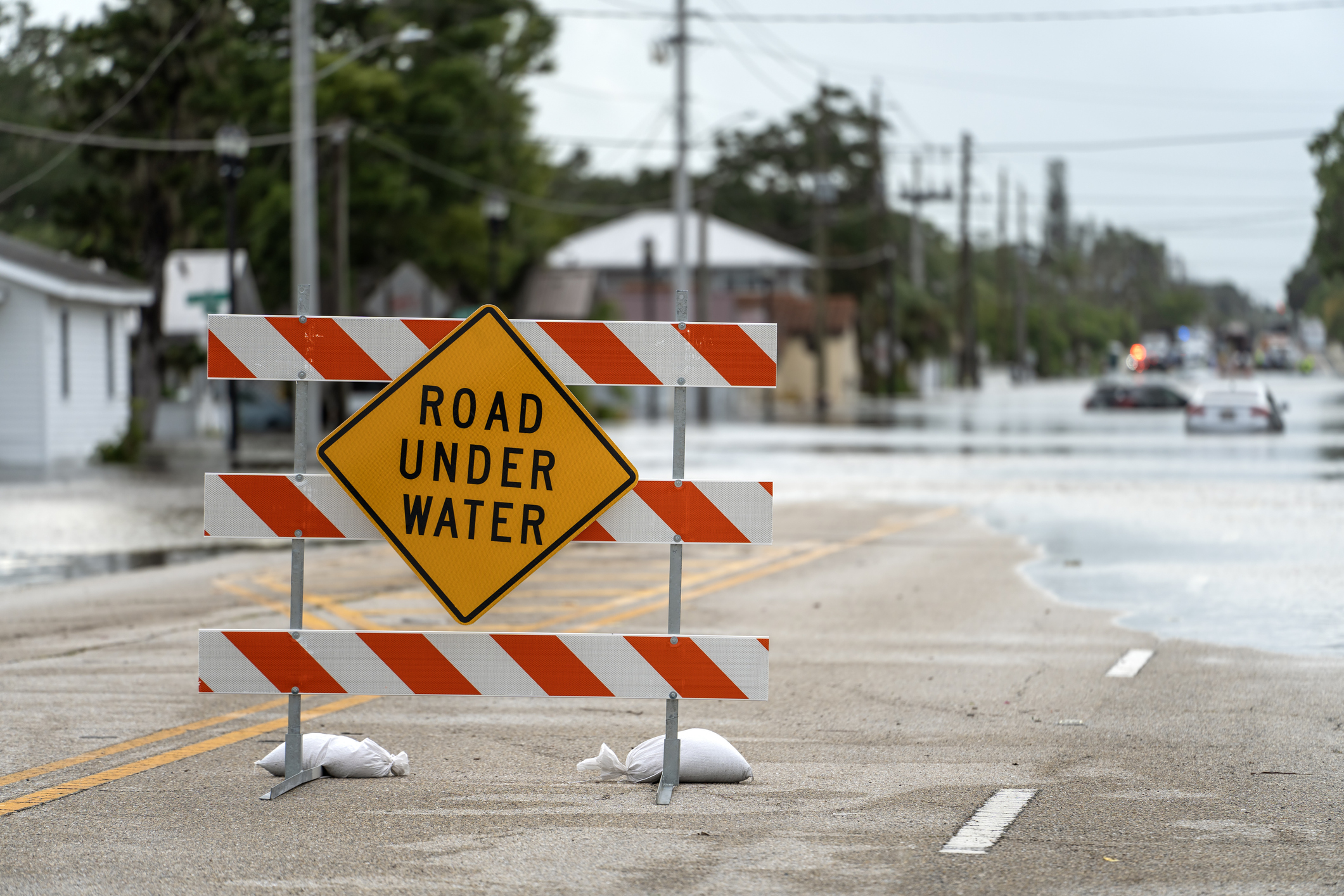Download the full Policy Brief
Download the three-page Policy Note
Key Findings
- Initiative 1631 would impose a carbon tax of $15 per metric ton of CO2 emitted in Washington state, increasing by $2 per year plus inflation, to over $40 per metric ton in about ten years.
- Taxpayers would see the cost of the initiative primarily at the gas pump, in home heating costs, and on their electricity bills.
- This translates to between $234 and $305 for the average household in the first year, increasing to $672 and $877 per year after ten years.
- The largest portion of the cost would come from a 14-cent-per-gallon gas tax that would increase by about two cents per gallon each year.
- The initiative calls the tax a “pollution fee,” but it would use existing laws on gas taxes and other energy taxes for enforcement, so the effect on taxpayers would be a tax.
- Spending of the more than $600 million generated annually by the carbon tax would be dictated by a 15-member board, all but one of whom would be unelected and would have few restrictions on how to spend the money.
- The initiative would limit the impact on manufacturing jobs by exempting “energy-intensive, trade-exposed” industries, as well as agricultural, aircraft, and maritime fuels.
- Claims that the initiative would create jobs make several errors, including the claim that buying less fuel would keep money in Washington state, even as supporters argue we should buy more foreign-built wind turbines and electric vehicles.
- Although the initiative sets CO2 reduction targets, there is no accountability for board members or the state if targets are not met.
- Ironically, if the board failed to meet CO2 reduction targets, taxes would be increased, and board members would be given control over more money, providing an incentive to miss the targets.
- The initiative would limit and then prohibit third-party CO2 reduction projects, which are often the most effective and efficient.
- Among the suggestions for expenditure is that funding be used to increase tolling on state roads, called in the initiative, “traffic demand management.”
Introduction
Two years after Initiative 732 put a revenue-neutral carbon tax before the voters, the environmental community is back with a carbon tax initiative that would increase state taxes by $610 million in its first full year of implementation.
Although Initiative 732 was rejected by voters 59% to 41%, environmental activists hope their support of proposed Initiative 1631 will push this new effort past the 50 percent mark and be enacted. Initiative 1631 was proposed for the 2018 general election ballot soon after Governor Inslee’s proposed carbon tax bill was declared dead in the 2018 legislature by its own sponsors.
One key change from the previous initiative and the governor’s proposal is that Initiative 1631 refers to its proposed tax as a “pollution fee,” not a carbon tax. Proponents argue that, since all the new revenue would be spent to address the impact of CO2 emissions, this fits the legal definition of a “fee,” rather than a tax. For taxpayers, however, this is a distinction without a difference – people would pay the same amount to the state no matter what wording is used to describe it.
Download the full Policy Brief
Download the three-page Policy Note




